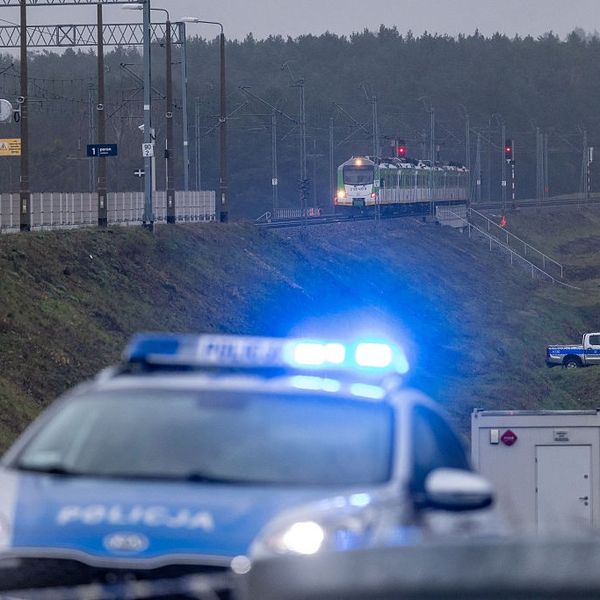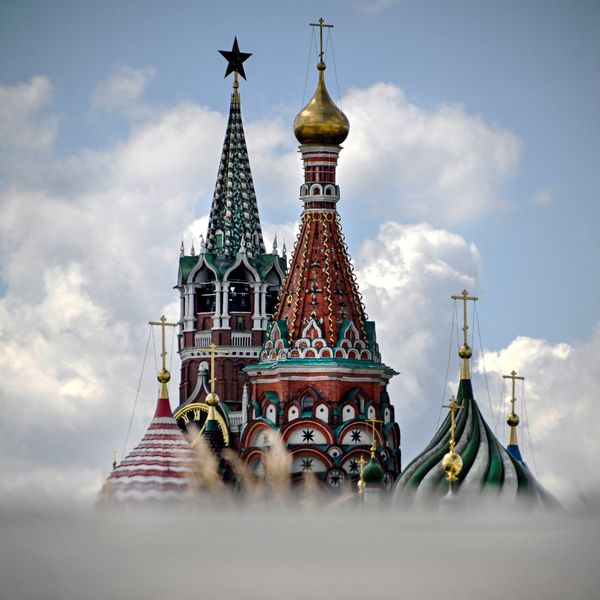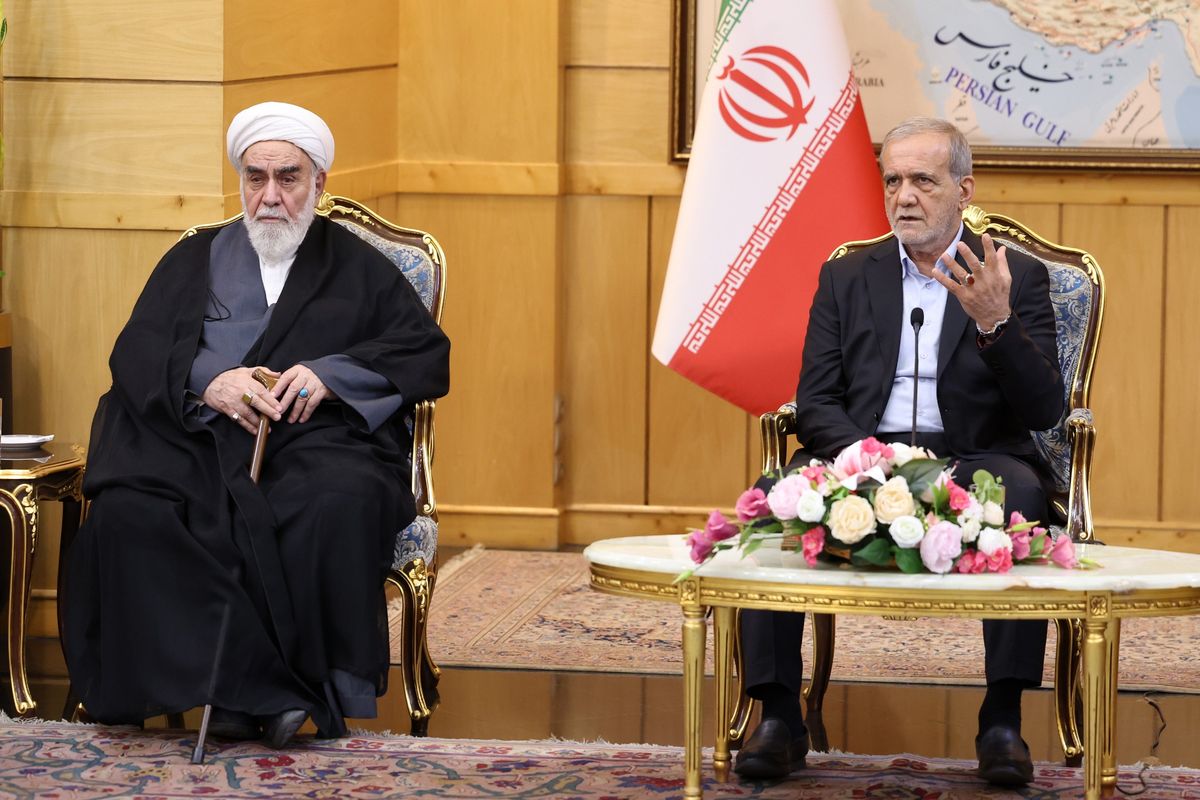President Obama, and therefore the United States, has not faced simple choices when it comes to Syria and certainly none that would satisfy Americans’ traditional demand for instant gratification – or in foreign policy terms, a success.
Who is the U.S. to support with money, arms, and perhaps even military force – and to what end? For the past five years, there have been some attempts, setbacks, and nothing termed a success.
That’s because it’s a multi-front, civil war where religious, ethnic, political, foreign, and even criminal elements are fighting both for and against the harsh regime of President Bashar al-Assad, which has decided to retain power no matter the bloodshed.
Remember, Syria is a country where 70 percent of its people are Sunni Muslims, some 20 percent Shia or smaller sects, and more than seven percent Kurds. The Assad family has used cruel, dictatorial measure to maintain control for over four decades, because as Alawites, a Shia sect, they are just 12 percent of the population.
Since 2011, Assad and his associates have survived, thanks to increased support from outside powers (Russia and Iran) and religious allies (Lebanese Hezbollah).
Assad’s father sided with the Soviet Union during the Cold War, and Moscow poured billions in arms into Syria in the 1980s. In 1979, when Ayatollah Ruhollah Khomeini took power in Teheran, Assad was the first to form an alliance with his revolutionary government. Syria for years stockpiled and supplied arms that Iran has supplied to Hezbollah during its fighting in Lebanon and Israel.
Recognize that Russia, Iran, and Hezbollah each have had long-standing relationships with the Assad regime and have much to lose should it collapse. Russia wants to keep its navy facility at Tartus on the Mediterranean Sea, its only naval base outside Russia. More recently, a new treaty with Damascus gives Russia control and open access to Syria’s Hemeimeem air base, where Moscow can bring equipment and personnel into the base without passing through Syrian controls.
Both Tartus and Hemeimeem are on Syria’s western coast and part of the Alawite heartland where the Assad family home is located. It was when rebel forces approached that area that Assad turned to Moscow for assistance and when the air base treaty was first signed. Russian air power was unleashed in Syria shortly thereafter.
Iran has become more active supporting Assad as fighting turned against him over the past five years. Syria’s own army has collapsed, from 220,000 troops in 2011 to some 90,000 today. The Damascus-based Assad regime is left in control of only one-third of the country and increasingly dependent on disparate local militias, warlords, criminal groups, and foreign fighters with their own religious or ethnic loyalties.
For example, Iran’s Quds force has trained as fighters thousands of Afghan refugees, who had been living in Iran, retired Islamic Revolutionary Guard Corps Brig. Gen. Mohammad Ali Falaki told a Quds website last August. Today, Falaki said, “They fight in Syria due to their commitment to Islam, not because of ethnicity…but of their commitment to Shiism.” Fighting also may provide survivors with Iranian citizenship.
But Iran has increasingly sent its own ground troops to Syria at the same time Russia stepped up its air force involvement. An Iranian analyst recently told the Financial Times, “We (Iran) have not build our influence in the region to lose it easily to Moscow or anyone else…At the end of the day, it was us who brought Russia to Syria to prevent the fall of Damascus and counterbalance U.S. and Saudi policies.”
Along with troops, Tehran is also supplying military vehicles, anti-bunker artillery, tanks, and multiple-launch rocket systems.
Hezbollah’s entry into the Syrian civil in 2013 war represented a repayment to Assad for his military and financial support in earlier years. Hezbollah also feared anti-Assad Sunni rebels could replace Assad in Damascus creating trouble for Shias in Lebanon. Today more than 10,000 Hezbollah fighters are reported in Syria, working in units directed by both Iranian and Russian officers.
However, according to a December 2015 report in the Washington Institute for Near East Policy, Hezbollah has shifted from just supporting attacks in Syria to “taking over territory and maintaining control over it.” That has left some observers with the view that Hezbollah plans to remain in the Syrian areas it has seized.
In contrast to the Assad forces’ clear goal of keeping the regime in power, the mixed makeup of rebel opposition has never been that cohesive. It too has different religious, ethnic, and political groups, some of whom have their own outside supporters in the Gulf States, Iraq, and Saudi Arabia. And those players each have separate interests and ideas of what should emerge from the fighting.
Also playing roles in the anti-Assad effort are Turkey, Jordan, and Iraq—countries with their own interests. There is even an ethnic group, the Kurds, some of whom see in the Syrian war an opportunity to establish their own homeland.
One militarized group, the Syrian Kurdish Democratic Union Party, reportedly hopes to create a small state within Syria, called Rojava. It has taken territory from the Islamic State, a U.S goal, and at other times, aided Russia and the Assad regime. Playing both sides, it is attempting to gain support from both for its long-term homeland goal starting in Syria.
Washington’s Syrian dilemma is illustrated by the present fighting in Aleppo. The Assad group has used mostly foreign troops on the ground and Russian carpet bombing to gain control of the city. The main rebel resistance is coming from a Syrian element of a former al Qaeda group which the U.S. does not support. Thus the U.S. talks about providing humanitarian assistance – food and medical supplies — to the defenders, but not military support.
Assad and his pro-regime allies control about one-third of the country, primarily the populated land along the western coast from Damascus in the south, northward to Latakia. Opposition groups hold some territory in the south, east, and northern portions of the country. Kurds control much of the north, with the Islamic State having a strip going from west to east and centered on al-Raqqa, their presumptive “caliphate" capital.
The U.S. approach is slowly gaining ground against the Islamic State’s Syrian “caliphate,” thanks to Syrian Arab and Kurd forces on the ground assisted by U.S. special forces, and bombing by American and allied aircraft.
But even taking Raqqa will not satisfy the original Obama goal of “degrading and ultimately destroying ISIL [the Islamic State],” nor will it end Assad’s rule in Syria.
As a recent Congressional Research Service report recently concluded, “A more likely scenario…may be one in which a de facto division of Syria prevails and the United States, it partners, and its adversaries must manage the negative consequences of an ambiguous, lasting conflict that is beyond their ability to control.”
That happened for the U.S. in Korea in the 1950s and again in Vietnam in the 1970s.
As bad as they seemed at the time, the long-term results have been ones we have been able to live with.











